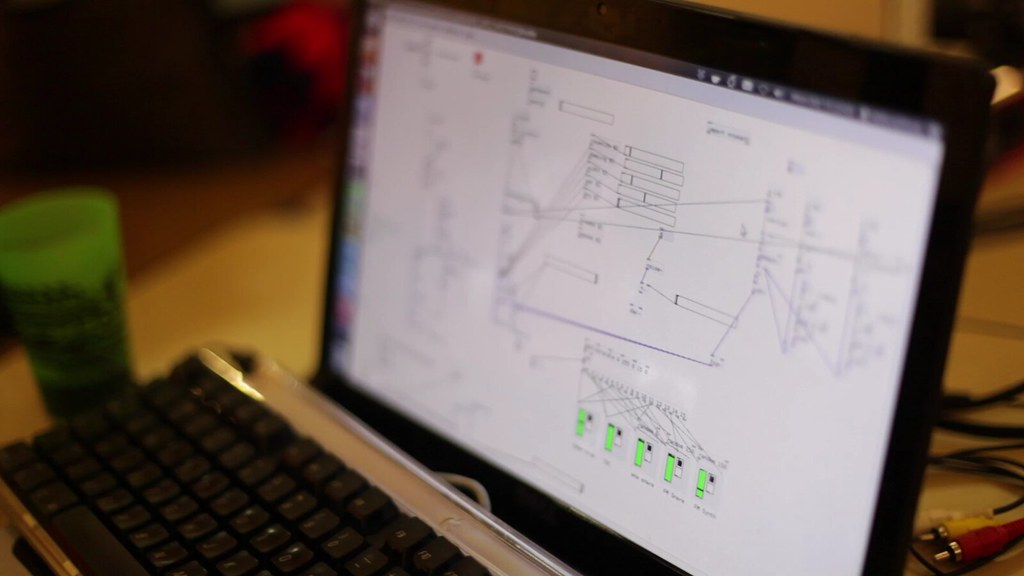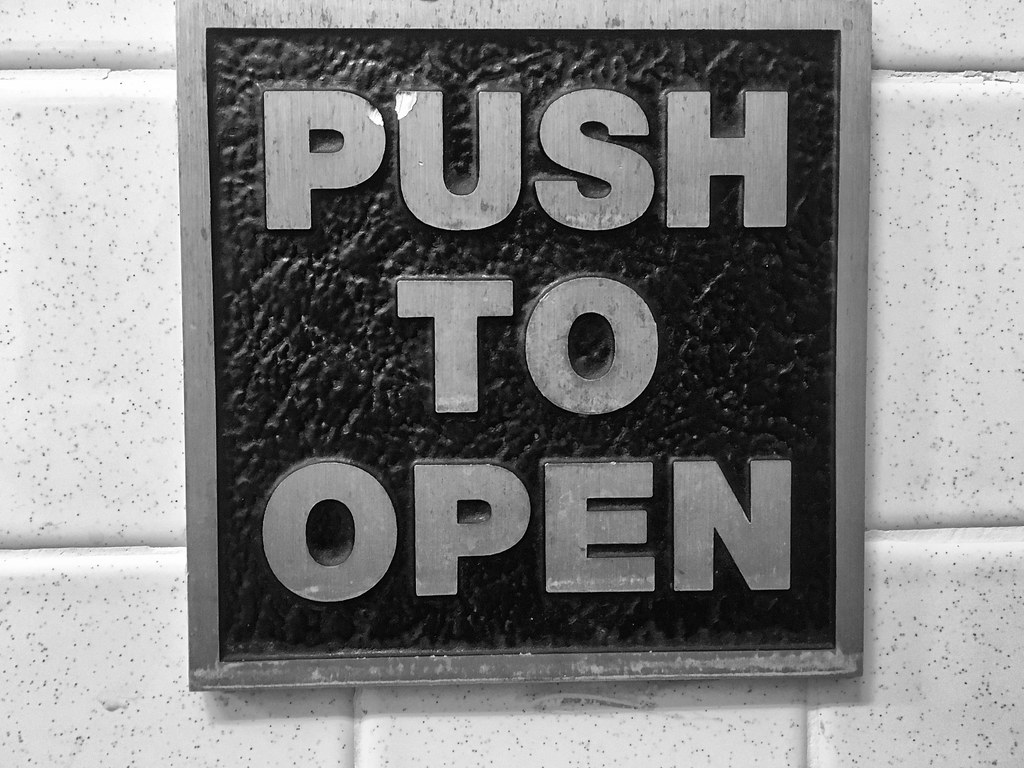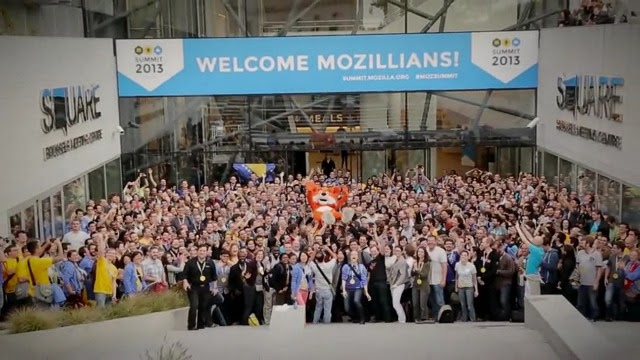Please check my full resume for more details about my work
It’s been a long time since I’ve wanted to write deeply about my work empowering communities. I want to start with this article sharing some high-level learnings around working on community strategy.
Hi, I’m Rubén Martín and I work as a Community Strategist for Mozilla, the non-profit behind Firefox Browser.
I’ve been working with, and participating in open/libre source communities since 2004 – the first decade as a volunteer before making open source my full time career – joining Mozilla as staff five years ago, where as part of my Community Strategist role I’ve been focused on:
- Identifying and designing opportunities for generating organizational impact through participation of volunteer communities.
- Design open processes for collaboration that provide a nice, empowering and rich experience for contributors.
During these many years, I have witnessed incredible change in how communities engage, grow and thrive in the open source ecosystem and beyond, and ‘community’ has become a term more broadly implicated in product marketing and its success in many organizations. At Mozilla our community strategy, while remaining dedicated to the success of projects and people, has been fundamentally modernized and optimized to unlock the true potential of a Mission-Driven Organization by:
- Prioritizing data, or what I refer to as ‘humanizing the data-driven approach’
- Implementing our Open By Design strategy.
- Investing into our contributor experience holistically.
Today Mozilla’s communities are a powerhouse of innovation, unlocking much more impact to different areas of the organization, like the Common Voice 2019 Campaign where we collected 406 hours of public domain voices for unlocking the speech-to-text market or the Firefox Preview Bug Hunter Campaign with more than 500 issues filed and 8000 installs in just two weeks that were fundamental to launch this browser to the market sooner.
Follow me during this post to know how we got there.
The roots, how did we get here?

Mozilla has grown from a small community of volunteers and a few employees, to an organization with 1200+ employees and tens of thousands of volunteers around the world. You can imagine that Mozilla and its needs in 2004 were completely different to the current ones.
Communities were created and organized organically for a long time here at Mozilla. Anyone with the time and energy to mobilize a local community created one and tried to provide value to the organization, usually through product localization or helping with user support.
I like a quote from my college Rosana Ardila who long ago said that contributing opportunities at Mozilla were a “free buffet” where anyone could jump into anything with no particular order of importance and where many of the dishes were long empty. We needed to “refill” the buffet.
This is how usually a lot of libre and open source communities operate, being open by default with a ton of entry points to contribute, unfortunately some or most of them not really fully optimized for contributions and therefore don’t offer a great contribution experience.
Impact and humanizing the data-driven approach

Focusing on impact and at the same time humanizing the data-driven approach were a couple of fundamental changes that happened around 4-5 years ago and completely changed our approach to communities.
When you have a project with a community around there are usually two fundamental problems to solve:
- Provide value to the organization’s current goals.
- Provide value to the volunteers contributing *
If you move the balance too much into the first one, you risk your contributors to become “free labor”, but if you balance too much into the other direction, your contributor efforts are highly likely to become irrelevant for the organization.
* The second point is the key factor to humanize the approach, and something people forget when using data to make decisions: It’s not just about numbers, it’s also people, human beings!
How do you even start to balance both?
RESEARCH!
Any decision you take should be informed by data, sometimes people in charge of community strategy or management have “good hunches” or “assumptions”, but that’s a risky business you need to avoid, unless you have data to support it.
Do internal research to understand your organization, where it is heading, what are the most important things and the immediate goals for this year. Engage into conversations to understand why these goals are important with key decision makers.
Do internal research to also understand your communities and contributors, who they are, why they are contributing (motivation), where, how? Both quantitatively (stats from tools) as well as qualitatively (surveys, conversations).
This will provide you with an enormous amount of information to figure out where are the places where impact can be boosted and also understand how your communities and contributors are operating. Are they aligned? Are they happy? If not, why?
Do also external research to understand how other similar organizations are solving the same problems, get out of your internal bubble and be open learning from others.
A few years ago we did all of this at Mozilla from the Open Innovation team, and it really informed our strategy moving forward. We keep doing internal and external research regularly in all of our projects to inform any important decisions.
Open by default vs open by design

I initially mentioned that being open by default can lead to a poor contributor experience, which is something we learned from this research. If you think your approach will benefit from being open, please do so with intention, do so by design.
Pointing people to donate their free time to suboptimal contributor experiences will do more harm than good. And if something is not optimized or doesn’t need external contributions, you shouldn’t point people there and clarify the expectations with everyone upfront.
Working with different teams and stakeholders inside the organization is key in order to design and optimize impactful opportunities, and this is something we have done in the past years at Mozilla in the form of Activate Campaigns, a regular-cadence set of opportunities designed by the community team in collaboration with different internal projects, optimized for boosting their immediate goals and optimized to be an engaging and fun experience for our Mission-Driven contributors.
The contributor experience

In every organization there is always going to be a tension between immediate impact and long term sustainability, especially when we are talking about communities and contributors.
Some organizations will have more room than others to operate in the long term, and I’m privileged to work in an organization that understands the value of long term sustainability.
If you optimize only for immediate value, you risk your communities to fall apart in the medium term, but if you optimize only for long-term you risk the immediate success of the organization.
Find the sweet-spot between both, maybe that’s 70-30% immediate-long or 80-20%, it’s really going to depend on the resources you have and where your organization is right now.
The way we approached it was to always have relevant and impactful (mesurable) opportunities for people to jump into (through campaigns) and at the same time work on the big 7 themes we found we needed to fix as part of our internal research.
I suspect these themes are also relevant to other organizations, I won’t go into full details in this article but I’d like to list them here:
- Group identities: Recognize and support groups both at regional and functional level.
- Metrics: Increase your understanding of the impact and health of your communities.
- Diversity and inclusion: How do you create processes, standards and workflows to be more inclusive and diverse?
- Volunteer leadership: Shared principles and agreements on volunteer responsibility roles to have healthier and more impactful communities.
- Recognition: Create a rewarding contributor experience for everyone.
- Resource distribution: Standards and systems to make resource distribution fair and consistent across the project.
- Contributor journey and opportunity matching: Connect more people to high impact opportunities and make it easy to join.
Obviously this is something you will need a strong community team to move forward, and I was lucky to work with excellent colleges at the Mozilla Community Development Team on this: Emma, Konstantina, Lucy, Christos, George, Kiki, Mrinalini and a ton of Mozilla volunteers over the Reps program and Reps Council.
You can watch a short video of the project we called “Mission-Driven Mozillians” and how we applied all of this:
What’s next?
I hope this article has helped you understand how we have been modernizing our community approach at Mozilla, and I also hope this can inspire others in their work. I’ve been personally following this approach in all the projects I’ve been helping with Community Strategy, from Mission-Driven Mozillians, to Mozilla Reps, Mozilla Support and Common Voice.
I truly believe that having a strong community strategy is key for any organization where volunteers play a key role, and not only for providing value to the organization or project but also to bring this value back to the people who decided to donate their precious free time because they believe in what you are doing.
There is no way for your strategy to succeed in the long term if volunteers don’t feel and ARE part of the team, working together with you and your team and influencing the direction of the project.
Which part of my work are you most interested in so I can write next in more detail?
Feel free to reach out to me via email (nukeador at protonmail dot com) or twitter if you have questions or feedback, I also really want to know and hear from others solving similar problems.
Thanks!